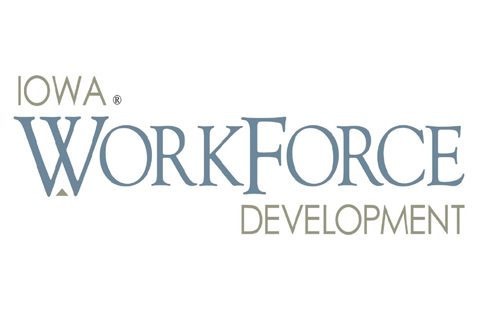DES MOINES, IOWA – Iowa’s seasonally adjusted unemployment rate dropped to 2.8 percent in March from 2.9 percent in February. In comparison, the U.S. unemployment rate dropped to 3.5 percent in March from 3.6 percent in February.
The state’s labor force added 2,700 new workers. The labor force participation rate increased to 68.2 percent last month.
The total number of working Iowans rose to 1,675,500 in March. This figure is 4,400 higher than February and 2,000 higher than one year ago.
“March’s strong numbers across the board again demonstrate that Iowa’s economy continues to trend in the right direction,” said Beth Townsend, Director of Iowa Workforce Development. “Many Iowa industries still feel economic pressure from ongoing inflation. Regardless of national headwinds, Iowa’s employers continue to hire – especially in health care, education, and manufacturing. Whether you’re looking for that first job or your next great job, the time remains right to take advantage of these tremendous opportunities.”
Seasonally Adjusted Nonfarm Employment
Iowa establishments added 2,900 jobs in March following little movement in February, lifting total nonfarm to 1,592,900 jobs. Most sectors expanded their payrolls this month with the largest gains being within education, health care, and manufacturing. Service sectors were responsible for most of the jobs gained, although goods-producing industries also increased in March. Private sector employers added most of the jobs, but government also increased this month (+300) and is now up 5,000 jobs compared to last year while total nonfarm employment added 26,000 jobs.
Health care and social assistance added the most jobs this month (+1,000), more than offsetting a loss of 700 jobs in February. Nursing and residential care facilities were responsible for most of the jobs added. Manufacturing also rose in March (+700). Durable goods shops fueled most of the jobs gained. Following a weak fourth quarter for manufacturers, this year has begun on a prosperous note with 1,900 jobs gained over the last three months. Financial activities also added jobs (+600) with gains in both credit intermediation and related activities and insurance. Professional and business services gained 400 jobs and was bolstered by hiring in professional, scientific, and technical services. Job losses, conversely, were light in March and led by transportation, warehousing, and utilities (-1,000). Firms related to transportation and warehousing have shown weakness lately with 3,600 jobs lost over the past six months.
Over the past twelve months health care and social assistance has gained the most jobs (+6,200). Following a sluggish recovery from social distancing measures of 2020, this sector has now trended up over the past twelve months. Private education is up 4,100 jobs. This sector has benefitted from in-person learning and was also slow to return from COVID safety measures. Firms within leisure and hospitality industries continue to climb with 5,100 jobs added since last March. Both manufacturing and construction have gained jobs to begin the year and are now up 3,900 and 3,800 jobs, respectively. The only supersector to show signs of weakness is trade, transportation, and utilities with 3,300 jobs pared over the past twelve months. Both transportation and warehousing and retail are down compared to last March.




